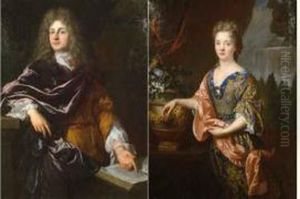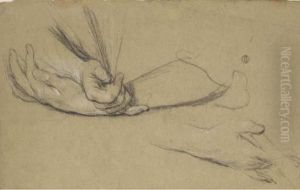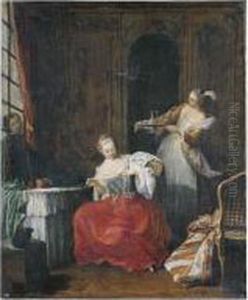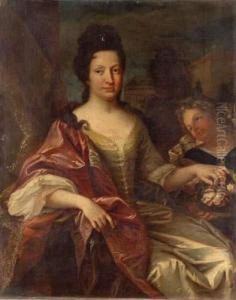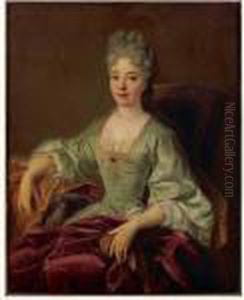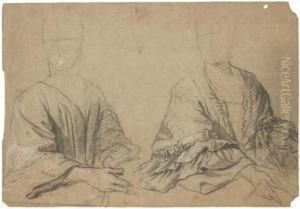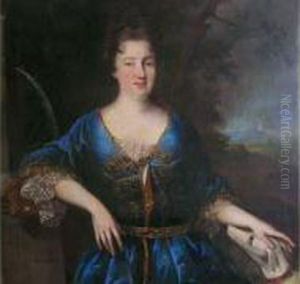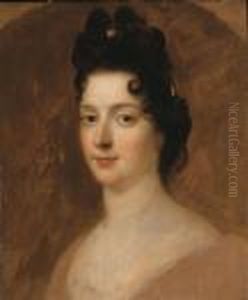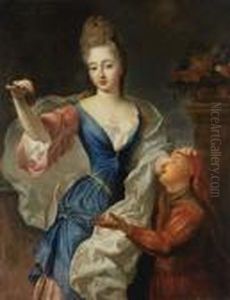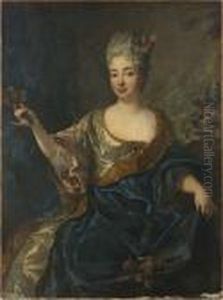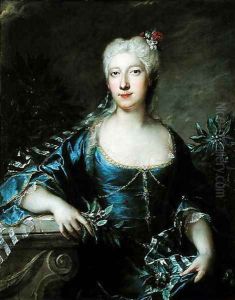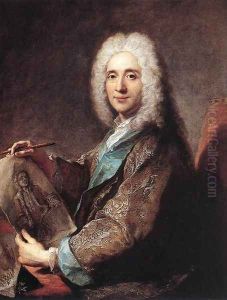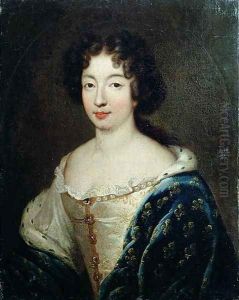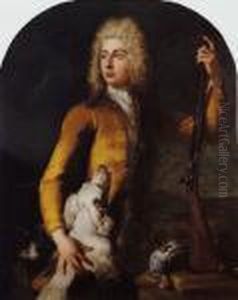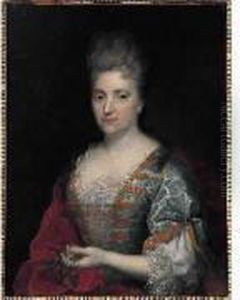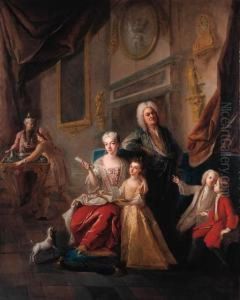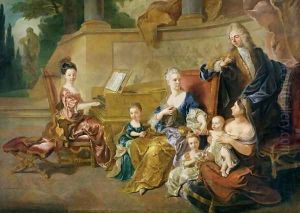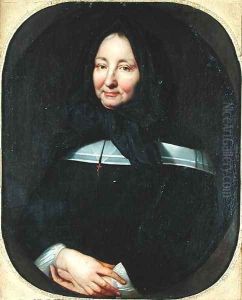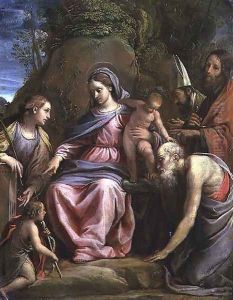Francois de Troy Paintings
François de Troy was a French painter and engraver who was born on January 9, 1645, in Toulouse, France. He came from a family of artists and was the son of the portrait painter Jean de Troy. François was initially trained by his father before moving to Paris to further his education in the arts. In Paris, he became a student of Nicolas-Pierre Loir and later, of Pierre Mignard, who was one of the leading French painters at that time and the head of the French Academy in Rome.
François de Troy's work is often associated with the French classical style that was prevalent during the reign of King Louis XIV. He was particularly known for his portraits, which were admired for their elegance and depiction of the fine details of his subjects' attire, capturing the luxurious fashion of the French aristocracy. De Troy's portraits were sought after by the social elite, and he painted many notable figures of his time, including members of the royal family and prominent aristocrats.
In addition to his work as a portraitist, de Troy also painted historical and mythological scenes, although these are less well-known than his portraits. His style was characterized by a precise and delicate touch, with a strong emphasis on the graceful representation of his subjects.
François de Troy became a member of the Royal Academy of Painting and Sculpture in 1674 and was later appointed as a professor at the Academy. He held this position until his death, contributing to the education of the next generation of French artists. Among his students were his own son, Jean-François de Troy, who also became a successful painter, and other notable artists such as Nicolas de Largillierre.
De Troy's influence extended beyond his immediate circle as he helped to define the French portrait style of his era. His works were an embodiment of the classical French Baroque, yet they also contained elements that anticipated the Rococo movement that followed.
François de Troy died on November 21, 1730, in Paris, leaving behind a legacy that would be carried on by his son and his students. His art remains a significant part of French art history and can be seen in various museums and collections across France and beyond.
